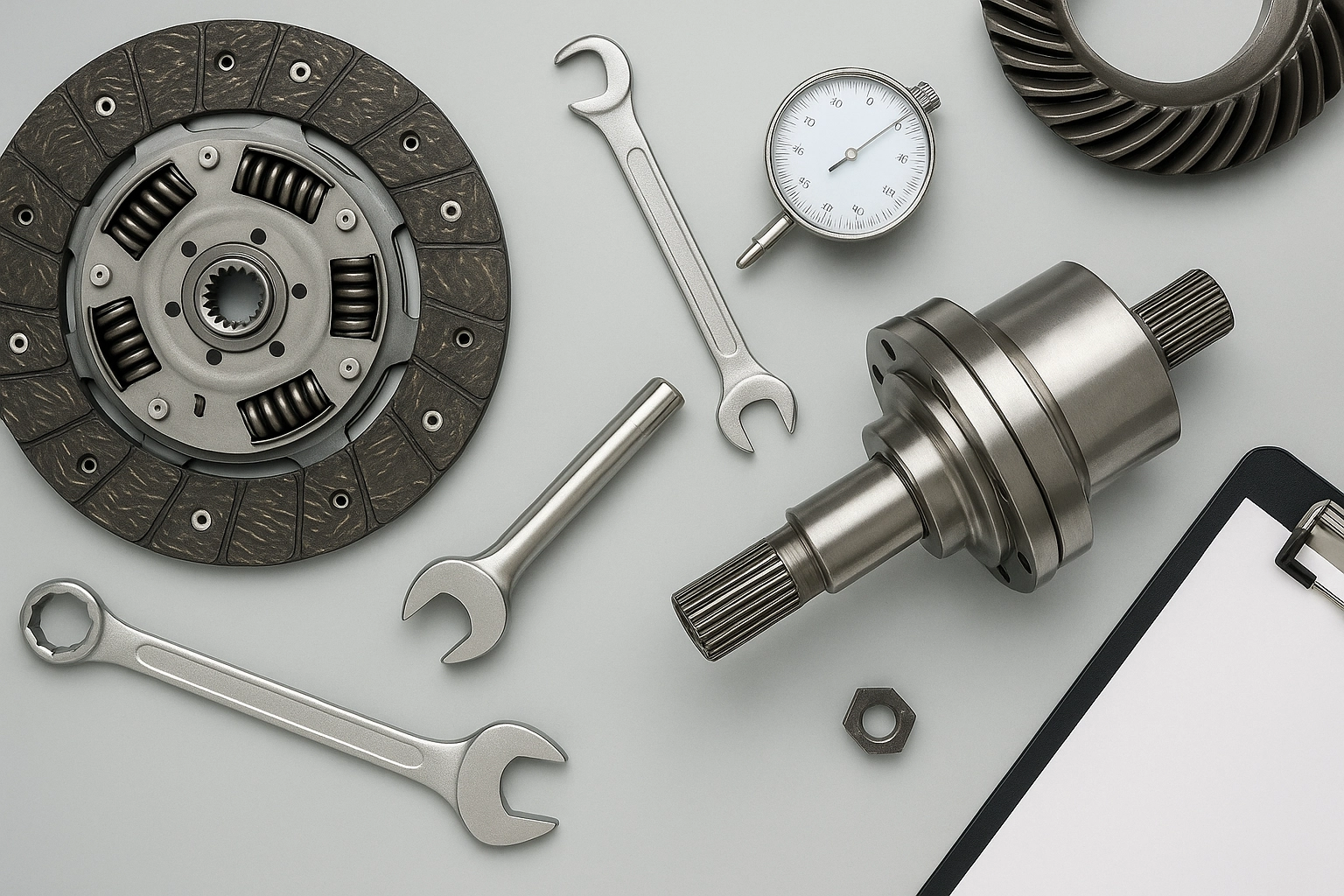Transmission Testing
In the automotive industry, transmission testing is a critical component of ensuring that vehicles meet rigorous performance, safety, and durability standards. A transmission serves as one of the most intricate mechanical systems within an automobile, facilitating smooth gear changes and efficient power transfer between the engine and wheels. This service ensures that transmissions operate correctly under various operating conditions, including acceleration, deceleration, and shifting.
Transmission testing involves a series of comprehensive tests designed to evaluate the durability and reliability of these components over time. These tests are conducted in controlled environments using specialized equipment capable of simulating real-world driving scenarios. For instance, load cell-equipped machines can apply simulated road loads while the transmission is subjected to high-speed rotations.
The testing process begins with a detailed inspection and teardown of the unit being tested. This allows engineers to identify any potential flaws or issues that may affect performance during operation. Afterward, the transmission undergoes various tests such as fluid flow analysis, seal integrity checks, and pressure drop measurements. These parameters are critical in determining whether there will be leaks or other failures under stress.
One key aspect of transmission testing is the evaluation of lubrication systems. Proper lubrication ensures that all moving parts within the transmission receive adequate protection against wear and tear caused by friction. A poorly maintained lubrication system can lead to premature failure, which would compromise both vehicle performance and safety. Therefore, it’s essential for laboratories specializing in this area to possess advanced analytical tools like Fourier Transform Infrared Spectroscopy (FTIR) systems that can detect even minute changes in oil composition.
Another critical factor when conducting transmission tests is the ability to replicate real-world driving conditions accurately. Modern test rigs are designed with sophisticated software packages capable of simulating different types of terrains, inclines, and weather conditions experienced by vehicles during their lifetime. By subjecting transmissions to these simulated environments, manufacturers can identify potential weaknesses early on in development cycles.
When interpreting results from transmission tests, it is important not only to look at quantitative data but also qualitative observations made throughout the process. For example, visual inspections of gears and bearings allow technicians to spot signs of wear or corrosion that might otherwise go unnoticed through purely numerical means. Additionally, listening for unusual noises during operation can provide valuable insights into how well a particular component performs.
In summary, transmission testing plays an integral role in maintaining high standards within the automotive sector by providing assurance regarding product quality and compliance with relevant regulations. Through thorough inspections combined with rigorous mechanical tests, laboratories specializing in this field contribute significantly towards enhancing overall vehicle reliability and safety.
Applied Standards
The testing of transmissions adheres to several international standards that ensure consistency across different manufacturers and regions. Among these are ISO 17835:2016, which outlines procedures for determining the resistance to wear of automotive lubricants; ASTM D4950-18, which specifies test methods for measuring antiwear properties of engine oils used in automatic transmissions; and SAE J2360, which sets guidelines for testing fluid dynamics within hydraulic systems.
These standards provide a framework that helps laboratories maintain accuracy and repeatability in their measurements. They also serve as benchmarks against which new products can be compared during development stages. Compliance with these regulations demonstrates commitment to producing reliable components while adhering strictly to industry best practices.
Industry Applications
The application of transmission testing extends beyond just ensuring proper functionality; it also has broader implications for enhancing fuel efficiency and reducing emissions. By identifying areas where improvements can be made, engineers gain valuable insights into optimizing both the design and manufacturing processes.
A significant focus in recent years has been on developing more efficient transmissions that reduce energy consumption without sacrificing performance or reliability. This effort aligns closely with global efforts aimed at combating climate change through reduced carbon footprints associated with transportation sectors. As part of this initiative, laboratories play a crucial role by providing data-driven recommendations based on extensive testing results.
Use Cases and Application Examples
| Case Study | Description |
|---|---|
| Toyota's Aisin AW Transmission Development | Toyota collaborated with Aisin AW to develop an advanced CVT (continuously variable transmission). The collaboration involved extensive testing across various conditions, including city driving cycles and highway speeds. Results showed improved fuel efficiency by up to 15% compared to previous models. |
| Audi's Quattro Drive System Optimization | Audi utilized transmission testing to optimize its renowned quattro drive system for better traction control on varied terrains like snow or gravel roads. Tests revealed enhanced stability and reduced slip rates, leading to safer driving experiences under adverse conditions. |
| BMW's Gear Shift Dynamics Enhancement | BMW conducted extensive tests aimed at refining gear shift dynamics in its compact cars. Findings highlighted quicker shifts with minimal torque interruptions, contributing significantly to smoother driving sensations. |
These case studies illustrate how transmission testing contributes not only to enhancing performance but also promoting safety and environmental responsibility within the automotive industry.





